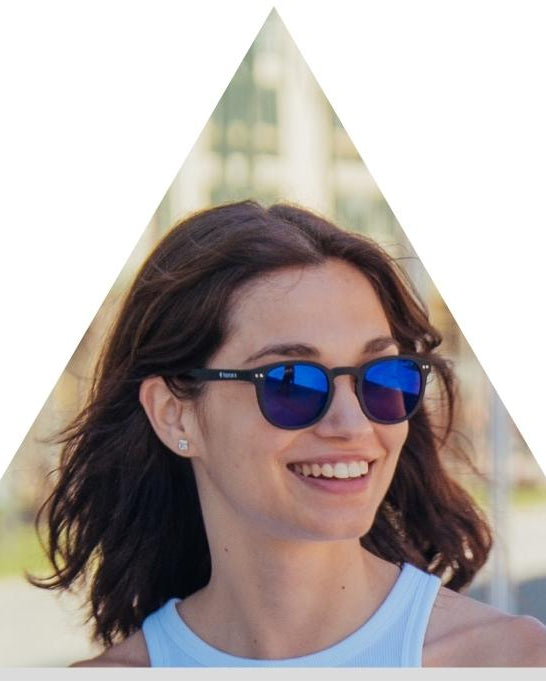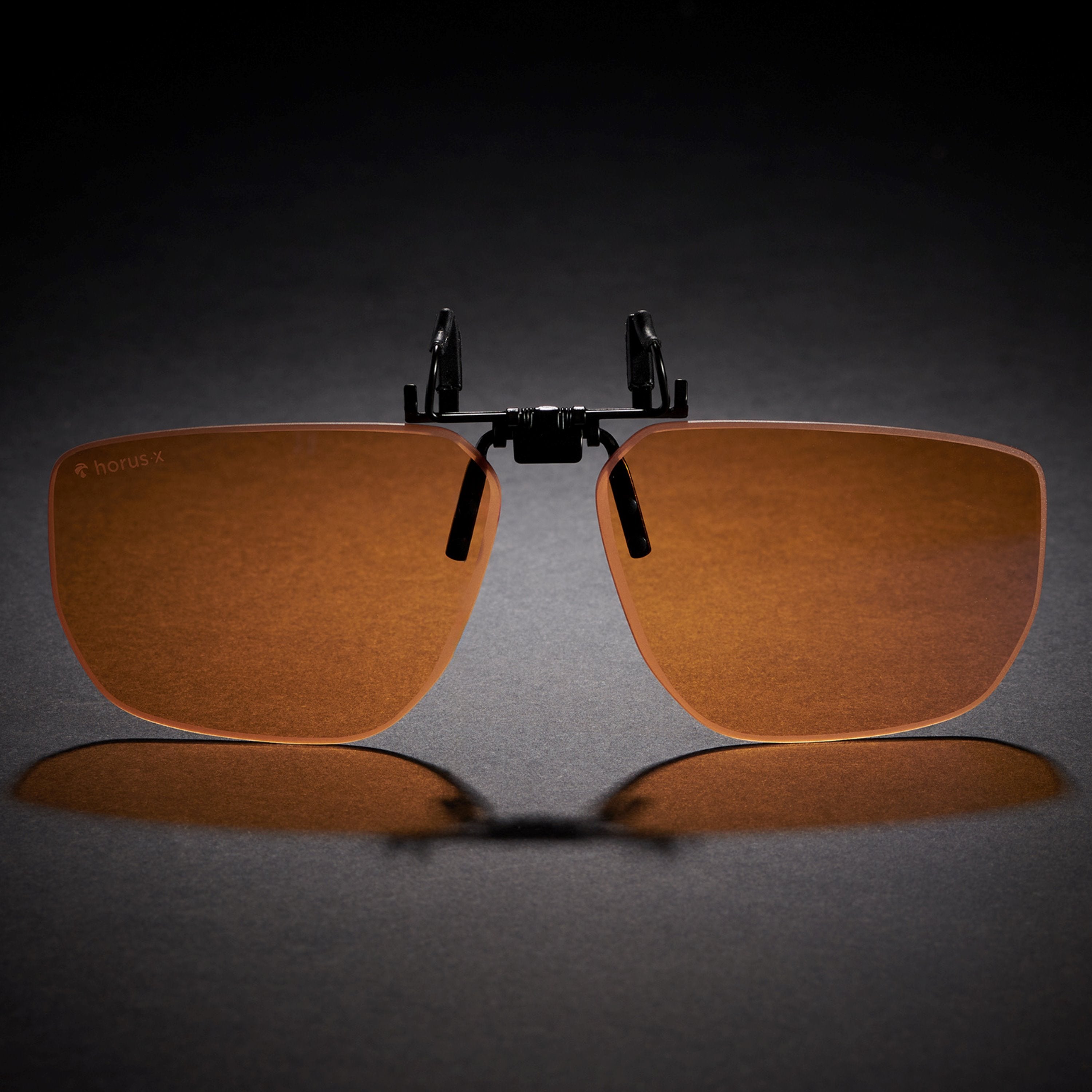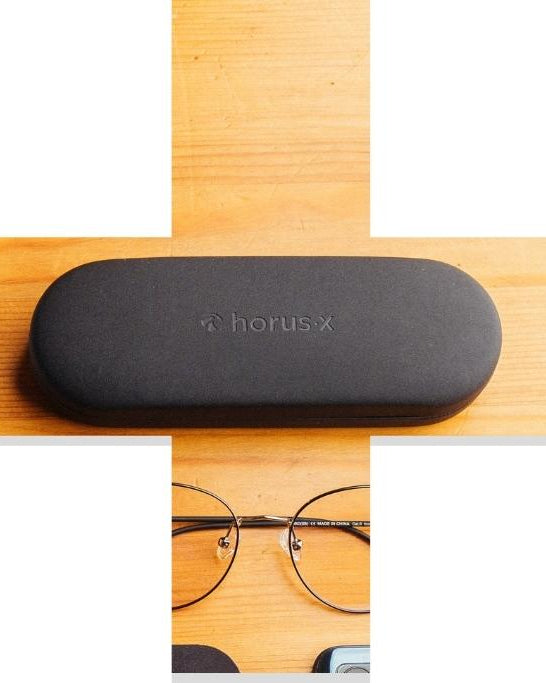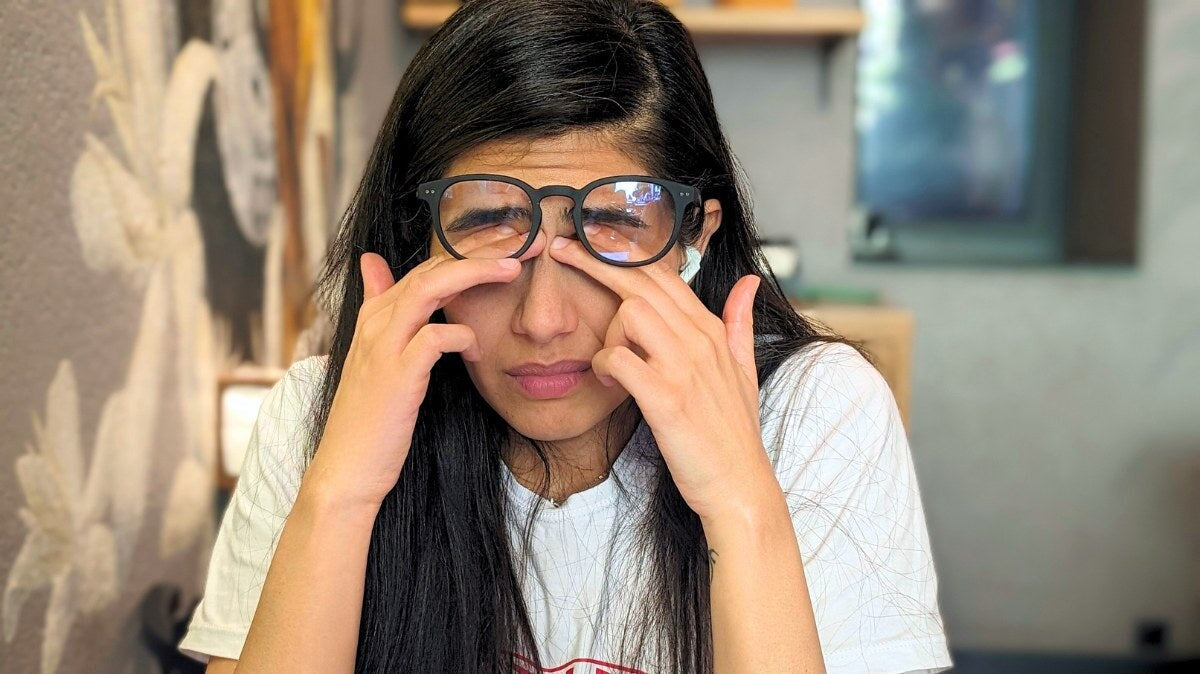Eye surgery: LASIK or SMILE, which refractive surgery should you choose?
Want to get rid of your glasses or contact lenses for good?
Yes, there are surgeries for that, including LASIK and SMILE refractive surgeries. These are somewhat obscure names for life-changing surgeries, so if you want to get a clearer picture, here's our guide!
LASIK and SMILE: what are the differences?
Both of these laser refractive surgery techniques are used to correct myopia (and a few other conditions), but they have some differences.
LASIK: Laser-Assisted In Situ Keratomileusis

LASIK is the oldest technique: it is the most widely used for the operation of myopia, hyperopia and astigmatism. Developed in the 1990s, it has been performed on millions of patients with proven results.
The main feature of the LASIK method is the creation of a corneal flap. During the operation, the surgeon will cut a very thin flap in the cornea. This flap can then be lifted to reshape the surface of the cornea using a laser, and then it will be reattached without the need for sutures.
SMILE: Small Incision Lenticule Extraction

This vision correction operation is more recent (developed in the 2000s).
While LASIK involves creating a corneal flap, the SMILE method requires only a micro-incision. Less invasive than LASIK, it uses a laser to cut a small lenticule in the cornea.
Advantages and disadvantages of the two techniques
LASIK technique: versatile, proven, but with some side effects

The great strength of this method is that it can correct both myopia, hyperopia and astigmatism. More recently, it has also been adapted for presbyopia with two variants: PresbyLASIK and Monovision LASIK.
It's a highly precise operation, but a little longer and more complicated than SMILE, because it's more invasive and uses two different lasers. In fact, the flap is created using a femtosecond laser, whereas an excimer laser is used to reshape the cornea.
The biggest drawback is that, due to the creation of the corneal flap, LASIK induces biomechanical weakening: you may experience dry eyes after the operation. Hence the prescription of eye drops to be applied scrupulously according to your doctor's instructions.
In terms of visual recovery, it's very quick: your vision will be clear in just 24 to 48 hours.
Finally, there is one major contraindication for this procedure. Due to the creation of the flap, the thickness of your cornea may make you ineligible for this surgery. In this case, your ophthalmologist will suggest an alternative to LASIK that is appropriate for your situation.
SMILE: less invasive, but not for all corrections

Unlike LASIK, SMILE does not create a flap in the cornea. It is a technique using only femtosecond lasers, less invasive, causing less dry eye. This also allows for a slightly shorter healing time.
On the other hand, the Smile technique will require a great deal of precision. Following this type of operation, your vision will certainly be clear quickly, but it may take up to a week to stabilize.
Finally, compared to LASIK, SMILE has a limitation: it cannot correct severe astigmatism or hyperopia. For the moment, it is an operation mainly used for myopia, but support for other corrections is currently being developed.
How to choose between LASIK and SMILE?

So, we are talking about cutting-edge operations, carried out by professionals who know what they are doing.
So, it's your ophthalmologist who will direct you towards one or the other! Your specialist will help you choose between LASIK and SMILE based on your correction, your needs, your lifestyle, and any contraindications.
Let's recap:
| Lasik | Smile | |
| Visual correction |
✅ Versatile: |
❌ More limited: Myopia Moderate astigmatism |
| Corneal thickness | Thicker cornea | Thin cornea |
| Dry eyes | ❌ Greater risk of dry eye | ✅ Less postoperative dry eye |
| Healing | ❌ Fast, but risk of flap displacement (avoid contact sports at first) | ✅ Fast, few complications |
| Visual recovery | ✅ Clear vision in 24-48 hours | ❌ Slightly longer recovery (1 week to stabilize vision) |
| Cost of operation (average) | 1,090 - 1,500 € | 1,400 - 1,800 € |
While both techniques produce excellent results, you may prefer Smile surgery if you want a less invasive procedure and if your vision correction allows it. Conversely, Lasik surgery is more suitable if you have severe astigmatism, hyperopia, or presbyopia.
💡 Please note: Regardless of the procedure, you'll need to follow a post-op consultation schedule with your doctor and follow some basic guidelines for a good recovery. For example, wearing glasses after refractive surgery is essential.
The final word: LASIK or SMILE, which surgical technique should you choose?

- If you're considering eye surgery, you're probably wondering which laser surgery is best: SMILE vs. LASIK? Both techniques allow for laser eye surgery to correct vision deficiencies.
- Each of these techniques has advantages and disadvantages : Smile reduces the risk of post-op dry eye. It is the least invasive procedure, but it is not suitable for all corrections. Lasik surgery is the most common and is suitable for all corrections. However, it is more invasive and causes more dry eye.
- If you're looking for an alternative to these two techniques, know that there is also the PKR method (Photorefractive Keratectomy) : it is a technique without cutting, suitable for myopes, hypermetropes and astigmatics. After removing the upper layer of the cornea (epithelium, if you want to show off in the evening), the cornea will be reshaped using the excimer laser and healing occurs naturally in a few days. However, there is generally more pain post-op and recovery is longer.
















